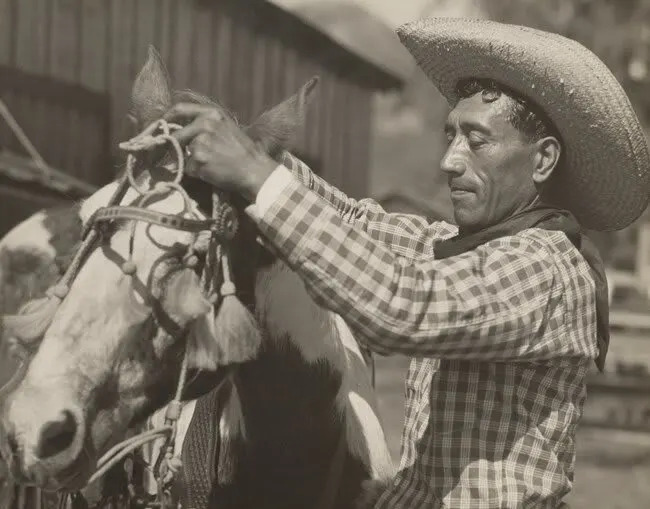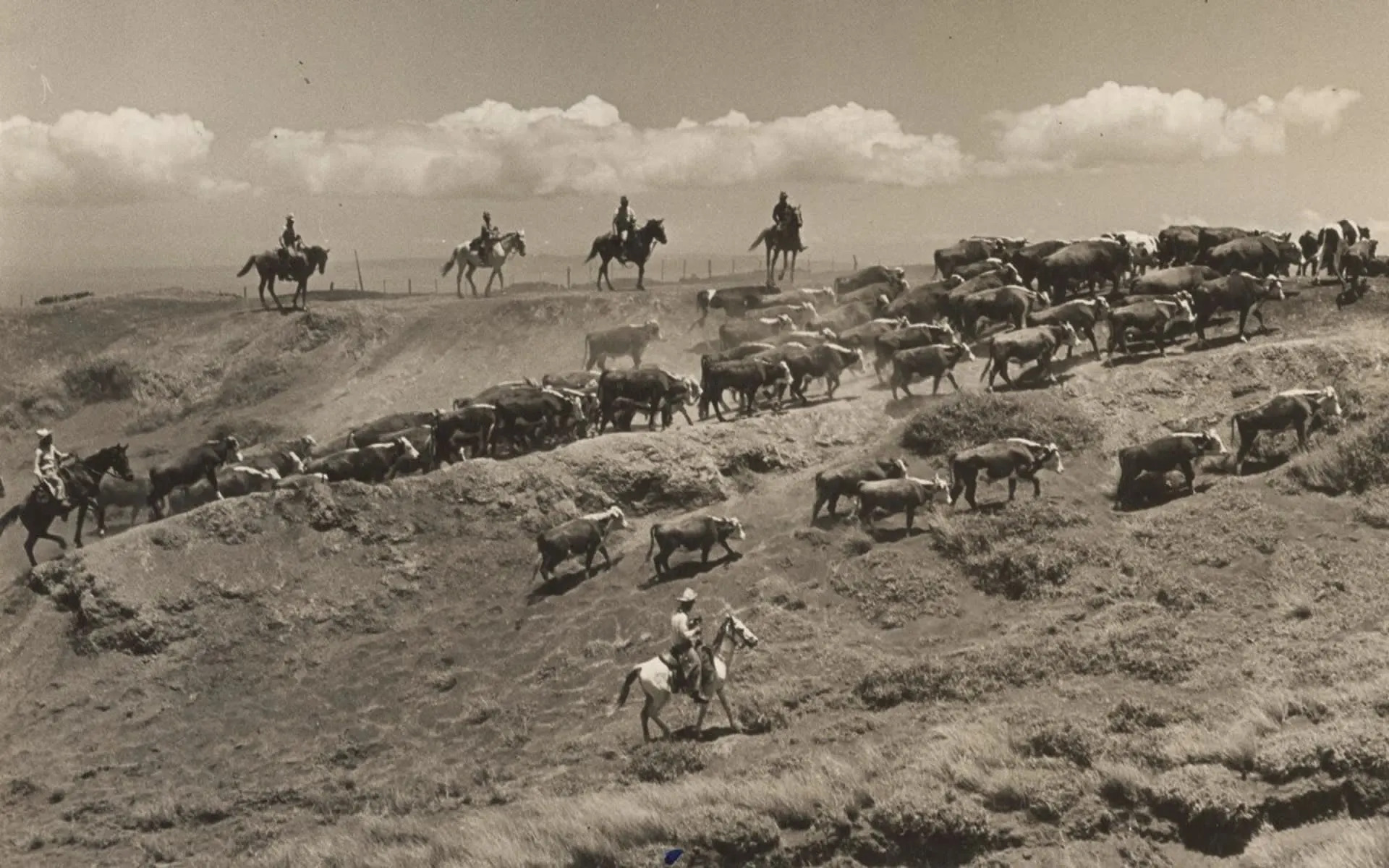Filled with charming small country towns, dramatic bi-coastal views, stunning botanical gardens and landscapes – upcountry maui is not only beautiful, yet it also has a fascinating history as home to the ‘paniolo’, or ‘hawaiian cowboys’’
Cattle first arrived on the islands when Captain James Vancouver presented King Kamehameha l with six cows and a bull as a gift in 1793.
King Kamehameha admired the cattle so much that in order to encourage their growth, he placed a “kapu”, (prohibition), on them so that they could not be hunted or killed.
However as the cattle were so happily at home on the rich, green lands they multiplied quickly – becoming a nuisance and even dangerous to locals and their villages – eating the thatch off the roofs of their houses, destroying their crops, and sometimes hurting or even killing them.
Around 1812, Kamehameha permitted the capture of wild cattle, where Hawaiian ranching originally involved driving wild cattle into pits dug in the forest floor.
Slowly the beef industry began to grow under the reign of Kamehameha’s son Liholiho (Kamehameha II).
Liholiho’s son, Kauikeaouli (Kamehameha III), hearing about Mexican vaqueros (cowboys), invited a number of them to Hawaiʻi to teach his people how to work cattle.

Paniolo David Kuloloia and His Horse, 1930’s
Image Credit: ©hawaii State Archives, Pp-13-6.010
They taught the Hawaiians how to rope, slaughter, breed cattle, cure hides, about fences, grass and paddocks.
They also taught them how to work with the horses that had first arrived in the islands in 1803 when an American merchant ship brought four of them from California as gifts for Kamehameha I.
Hawai’ians quickly took to riding and roping, became skilled with the vaqueros’ tools and techniques and then created a distinct and unique Hawaiian cowboy culture.
They crafted their own style of saddles and gear and created their own style of music – songs accompanied by guitar and/or ʻukulele, stringed instruments whose portability was (and is) well-suited to cowboy life.
They developed a singular Hawaiian style of open-tuning for the guitar called kihoʻalu, slack-key.
These Hawaiian cowboys were called ‘paniolo’, a Hawaiianized version of the word español.
So today, when you visit Upcountry Maui and see the hints of cowboy flair, especially in the quaint town of Makawao with its many wooden storefronts, tin roofs, hitching posts and generation’s old family stores, you will know the history of how it became home to the Hawai’ian ‘paniolo’ (cowboy).
CREDITS AND RESOURCES
Copyright NATIONAL ASSOCIATION OF REALTORS®. Article reprinted with permission. All rights reserved.


